Let us create new culture and story that will speak to the world in 100 years from now,
combining the 700 years of tradition passed down in MATSURA family, Hirado, with Dutch innovation.
オランダのイノベーション力と平戸の伝統、文化そして自然。平戸から 次の100年、世界に向けて発信するお菓子文化。
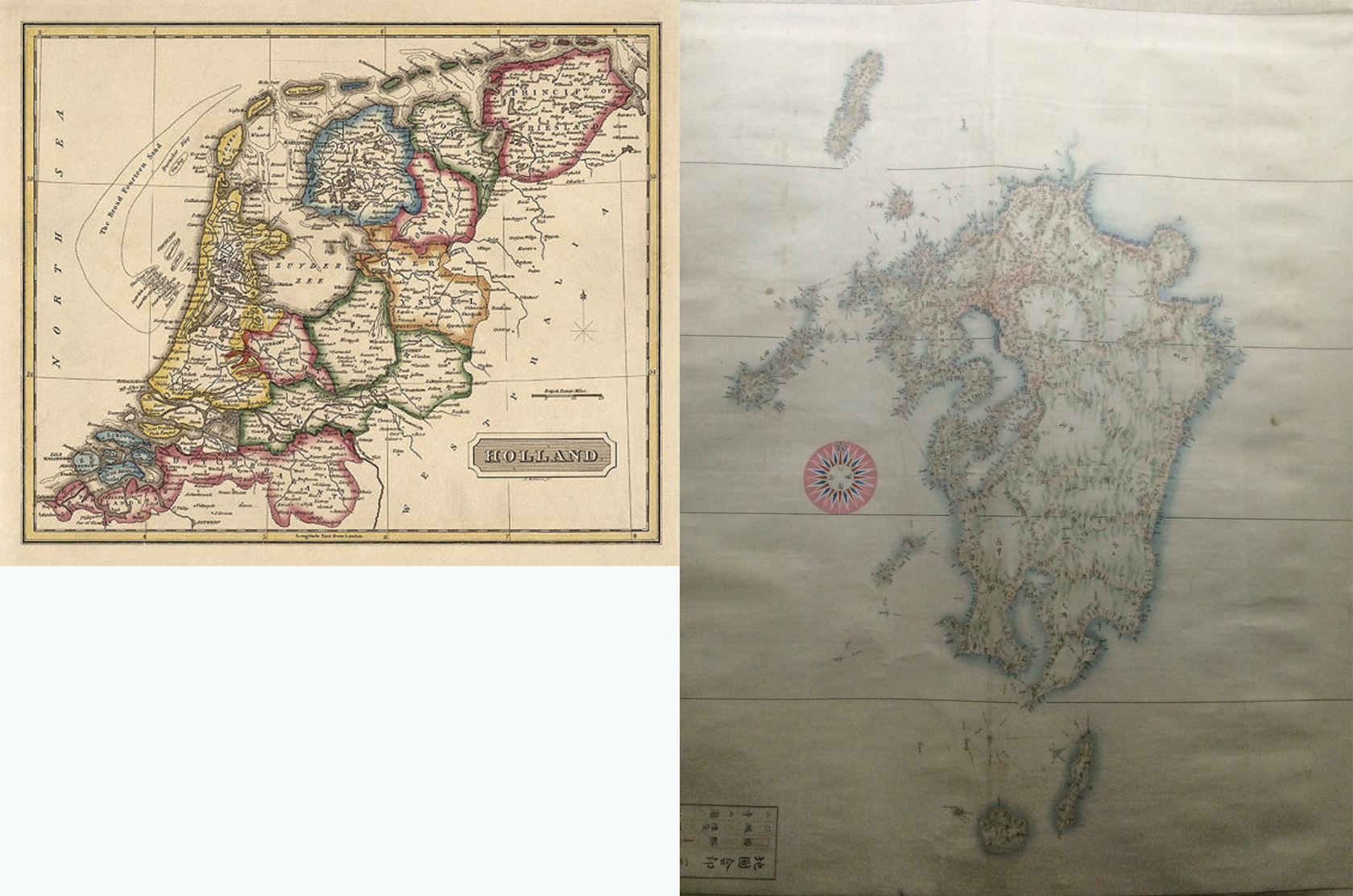
Kyushu is a is the third largest island of Japan and most southwesterly of its four main islands.This island is mountainous, around ocean, a lot of beautiful nature, culture and tradition still exist. I think Kyuhyu is a one of Rich island in Japan. From this location, Kyushu has been opened to other countries since ancient times.Specially, we have a long historical relation ship with the Netherlands. Follow this context, a project which is called Kyushyu 2016 will start next year.
九州は豊かな自然とおおらかな文化・伝統がたくさんあります。それだけでなく、徳川時代、九州は交易の中心地であり経済的にも文化的にも日本が世界に繋がる唯一で最大の交易拠点でした。その世界の代表がオランダでした。日本の近代文化や芸術において蘭国の影響は甚大です。この九州の美的伝統や文化に現代オランダのイノヴェーションを組み合わせさらに世界へとメッセージを送ります。 そこには、再び文化、思想が混ざり合い、この混沌とした世界ををもっと豊かに、美しくする何かが生まれるはずです。かつて私たちは命も顧みずに、新しい世界を見つけるために、作るために世界へと帆をあげて 挑戦しました。歴史は巡ります、2016-2017年ここ九州からオランダ、そして世界へ。
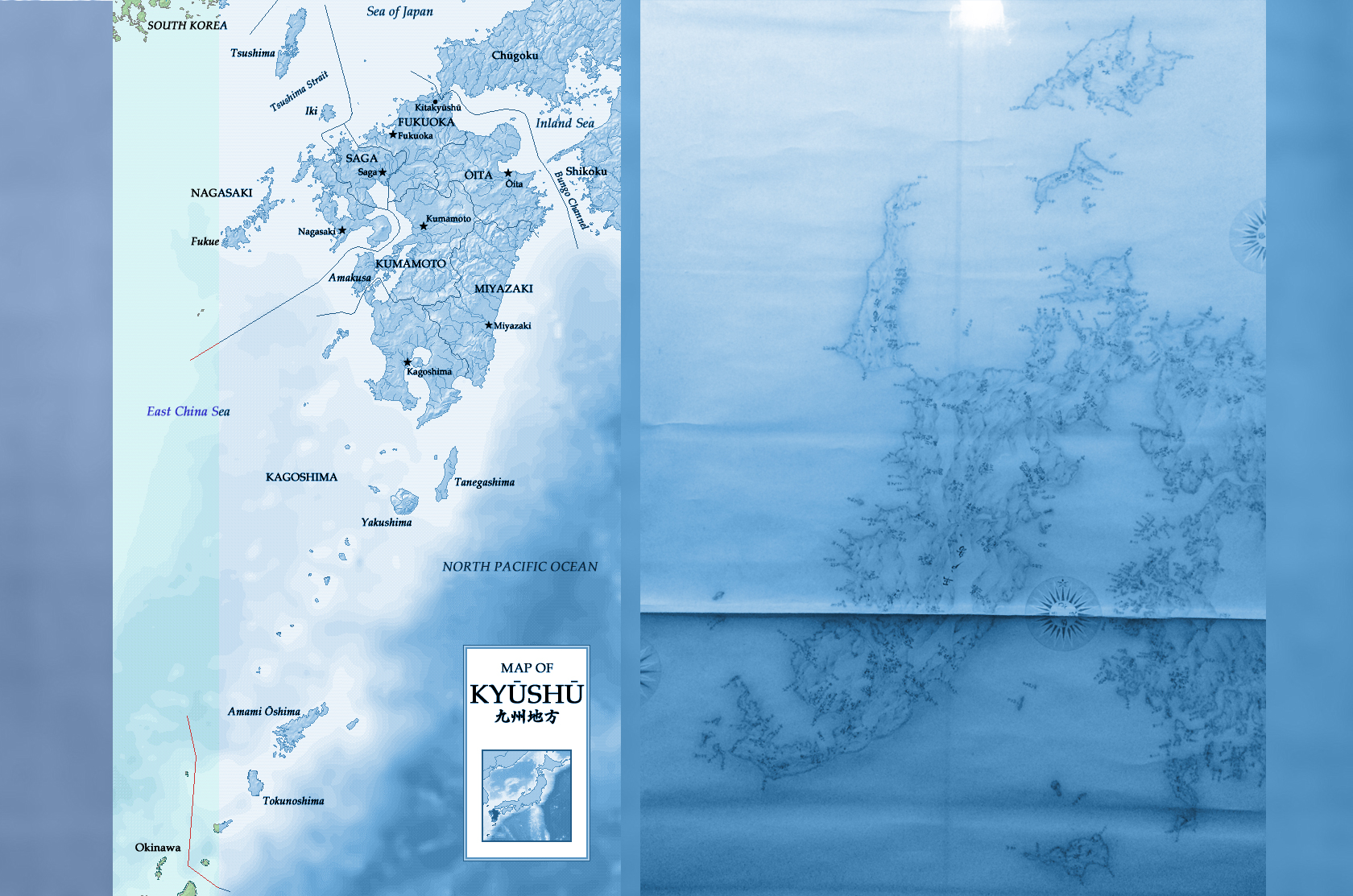
The days of Hirado, Capital of the West. The history of Hirado is one of overseas trade. As Hirado is located on the west tip of Japan, its connections with China and the Korean peninsula date back over 1000 years. For centuries their community has been open to foreign exchange of which you can still find the remnants throughout the islands.
The Christian faith was brought to Hirado in 1550 by Francisco Xavier and gathered many followers. One of Hirado islands, called “Ikitsuki” is first place to sing a carol and European Music.
The Dutch Trading Post was set up in 1609 in Hirado as a trading center for East Asia. Before Japan’s isolation policy was implemented, the Dutch Trading Post in Hirado was allowed to trade relatively freely, and many exchanges took place both in trading activities as well as in daily life. That’s the reason, Hirado is first city that was brought lots of new things and culture to Japan.
That’s the historical context, there are lots of stories in Hirado. I pick up one story from them It’s called “ HYAKKA NO ZU” which is Japanese sweets book made by Hiromu Matsura, he is the 10th domain lord of Hirado. This book was published almost 200 years ago.
This project “ East to West, sweets Encyclopaedia”based on this book.
Creating new massage to the world with Japanese sweets, New HYAKKA NO ZU, “East to West, sweets Encyclodaedia”

In 1841, 35th successor Hiromu MATSURA the ruling family of Hirado, Hiromu gave an order to the renowned sweets maker TSUTAYA located at the foot of the Hirado castle, to create 100kinds of sweets. That would be suitable for their tea ceremony. They have come to complete the order in 1845. “HYAKKASHI NO ZU” -compilation of 100 sweets- shows all 100 sweets with colorful drawings,with their names and recipes write ten underneath. It was to show and pass on the passion the Hirado people had for sweets to the descendent.
12 of these sweets have been recreated by TSUTAYA of today in cooperation with the MATSURA history museum. One of reason “Why HYAKKA NO ZU were published ? “is coming from Tea Culture in Hirado. Hirado has incubated its original form of Tea culture which is called CHIN-SHIN-RYU: Chinshin MATSUURA (Tensho) (1622-1703) has given the birth to it. Japanese sweets culture grew up with Tea Culture. That is a one reason “ HYATTKA NO ZU” was published.
松浦家第35第熈が100種類の菓子作りを平戸城下の菓子店舗、蔦屋と堺屋に命じ1845年に百菓を極彩色で描き、
菓子銘と製法を記した書物が”百菓子之図”。

The compilation of 100 kinds of sweets has since been passed on for 200 years in MATSURA family. Taking the inspiration from it, “East to West, Sweets encyclopedia” and actual Wagashi -Japanese sweets- are to be created in collaboration with Dutch designers and artists, which symbolises the new tradition and innovation to be passed onto the next 100 years.
The “East to West, Sweets encyclopedia” is an attempt to find what maybe a new Wagashi that we can promote to the entire world. Hirado, where the Dutch trading house was built in the 17th century, used to be called the city of west. There, the culture from Europe was blended into that of Japan, which contributed to the general open attitude of the local people. Sugar was one of those “things” and “culture” imported to Japan through the Hirado port.
It is also to be noted that these 100 sweets were to accompany tea ceremony of CHINSHIN-RYU. In the time of Hirado’s prosperity, where the Dutch trading house could be the cultural hub, the people of English, Portuguese, Indonesia, not only Dutch, They were living together freely in the Hiradoislands. It is highly possible that, MATSURA family was open to these culture and incorporating it into their own.
CHINSHIN-RYU was established by Shigenobu Matura (Tensho), Chinshin (Tensho) must have had the opportunity to witness European style of tea time and sweets. Around the same time, where it cultivated tea culture, as well as that of sweets, leading up to the completion of the compilation in 1845.
Hiromu Matsura,The 10th domain lord of Hirado, he ordered to make sweets book “ Hyattuka no zu” It may be considered all natural that Matura Hiromu desired to have the compilation made, as he was aware of the fact that Hirado was one of the first to receive sugar in Japan in the late 16th to 17th century. The tradition and culture in Firando, combined with the innovation of Holland,where Hirado has long history of cultural exchanges with, are to create the “East to West Sweets encyclopedia”.
平戸松浦家に伝わる200年前のお菓子図鑑、百菓之図。これを平戸の伝統、文化を背後に、オランダのデザイナー、アーテイストにより ”東西百菓之図”を作り100年先を見据えた新たな伝統とイノヴェーションのお菓子を製作。オランダの革新力と日本、平戸の伝統が 現代における新しい和菓子の提案を世界に発信する、”東西百菓之図”。
かつて西の都と呼ばれた平戸は1600年代からオランダ商館が建ち、西洋と東洋の文化の混じり合った” 開かれた都”であった。新しい”もの”と同時に”文化”も続々とこの平戸の港から輸入された。この時、お砂糖もここに西洋から到着するのである。この百菓之図を命じ、お菓子文化に理解があった松浦熈氏の背景はこの16世紀末から17世紀にヨーロッパから砂糖、お菓子がいち早く輸入されたという先達歴史がここ平戸にあったからであろう。お菓子は鎮信流の為に作られた。この鎮信流はオランダ商館が存在し、交易が盛んな時代の殿様、鎮信(天祥)が創始したのである。その当時平戸では、オランダ人をはじめ、イギリス人、ポルトガル人など自由に島内を行き来し、交易を行っていた時代である。そこで商館のあったオランダ人などとの交 流の中で、ヨーロッパのTea timeやお菓子というものを見たり体験しながら、自国の文化にも大いにそれらの要素を意識し取り入れた平戸松浦家であったのだろうと考えられる。
鎮信流のお茶の文化とともに、お菓子の文化も育ち1800年に入りこの百菓之図が出来上がったのだ。このコンテクストから、平戸の伝統や文化を背景に平戸と交流の歴史を持ち革新力のあるオランダ人のデザイナーと、このユニークなお菓子文化を世界中に届け、世界に発する現代の”百菓之図”を作り上げる。
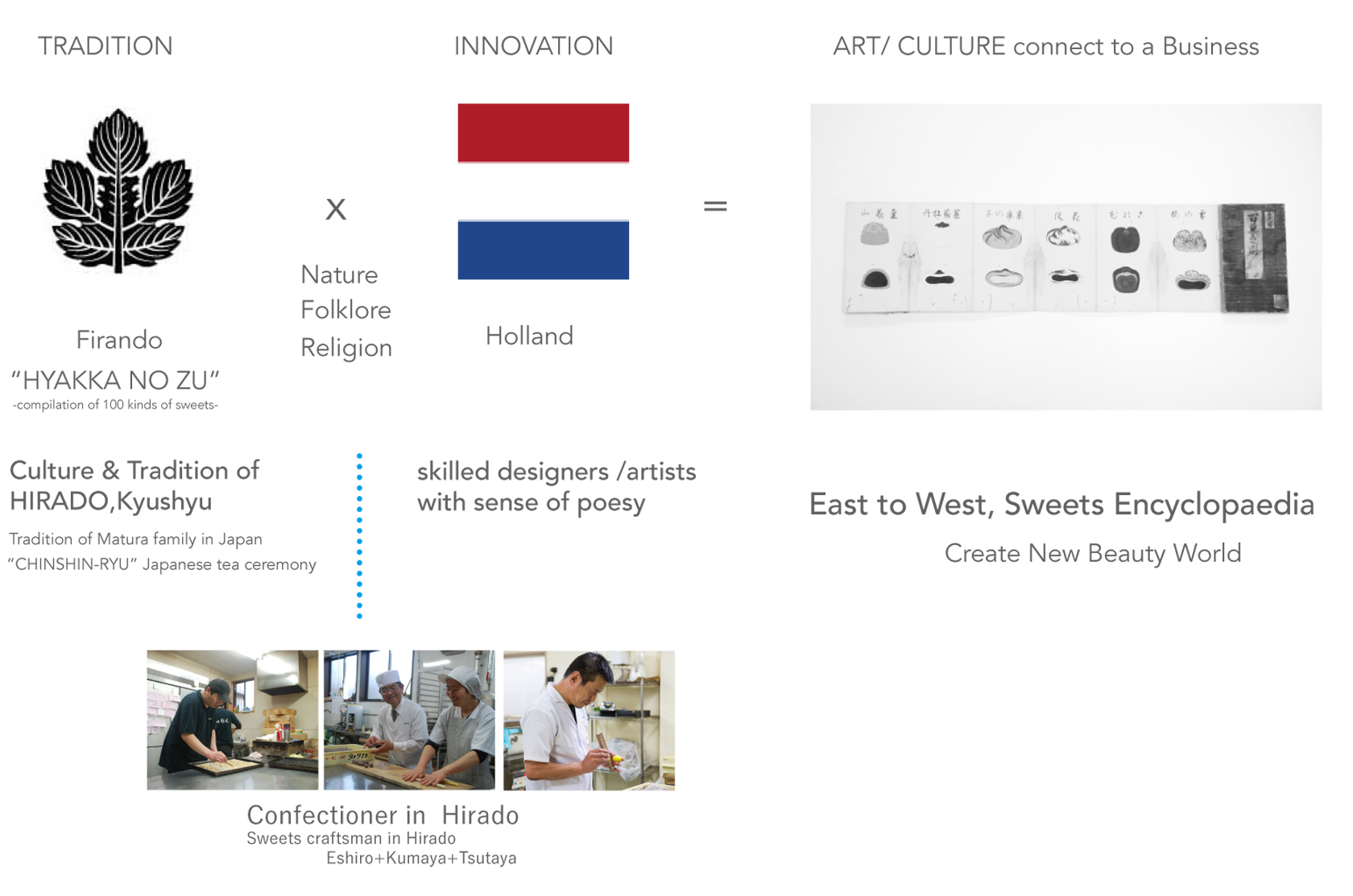
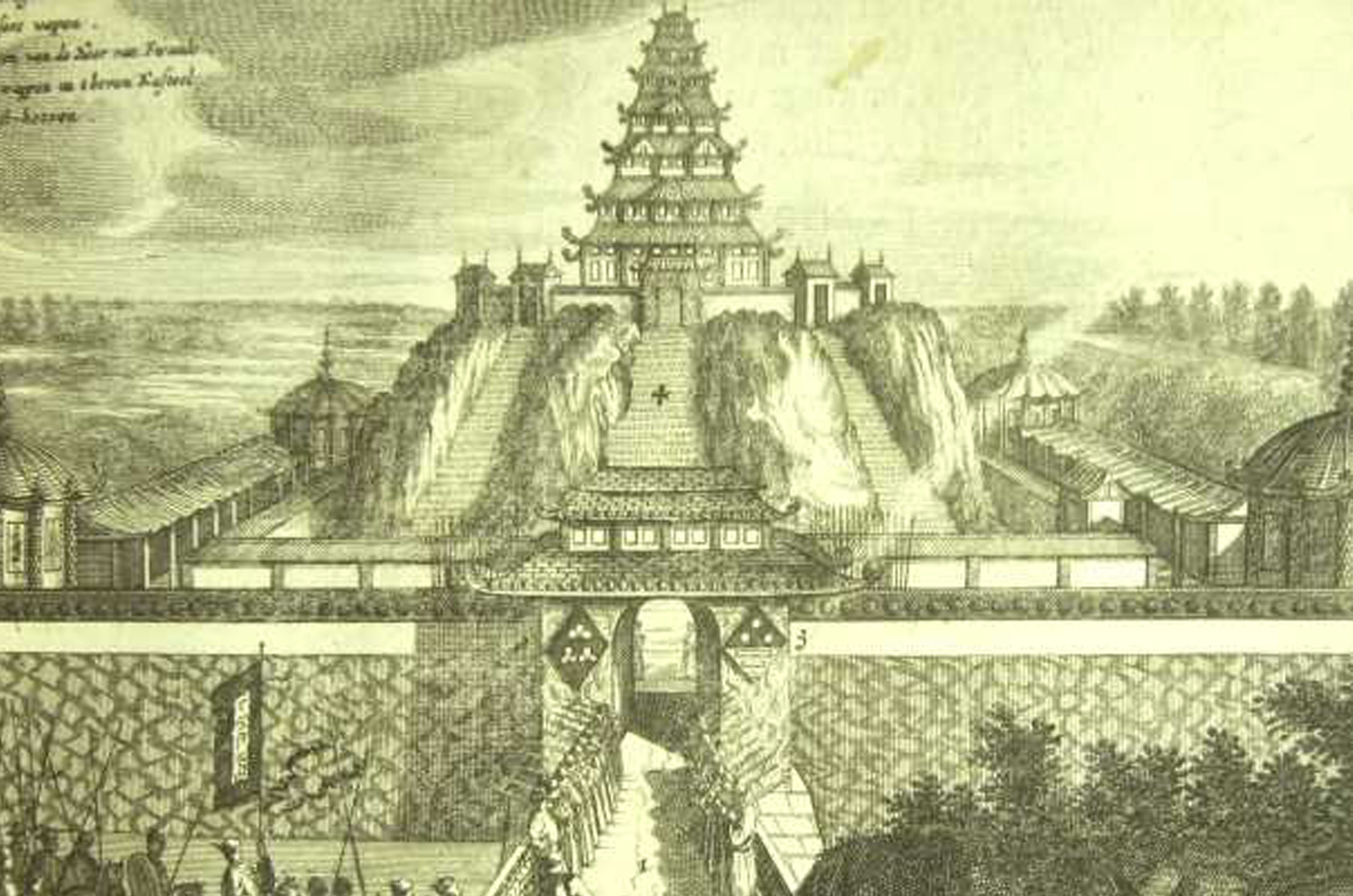
Matsura Shigenobu (1549-1614),26th domain head in Hirado built big castle called “Hinotake-castle”(1559).
This castle described book, “The New and Unknown World” written by Arnoldus Montanus. It showed that Hirado was big city in the west part pf Japan at that time. the local rulers of Matsura clan had a good relationship with Dutch, and they did the trade. Through the Dutch, a lot of Europe and south east Asia culture came in Hirado. The histories and several reasons based on creating own tea ceremoney “ Chinshin-ryu” by Matsura Shigenobu. Then that led HYKKA NO ZU
平戸藩主26代鎮信(しげのぶ)1549-1614 は大きな日の岳城(ひのたけじょう)を築く。(1599年)これは 1599年モヌタナス著”日本誌”に登場。平戸が西の都としてとても繁栄していたことが伺える。この松浦家はオランダと積極的な交流をおこなっておりオランダを通じて西洋や東南アジアからも色々な文化がもたらされた。これらの歴史を背景に茶道、鎮信流が生まれ、そして百菓之図が生まれると繋がっていく。この松浦の歴史は700年、いまもなお続いている。
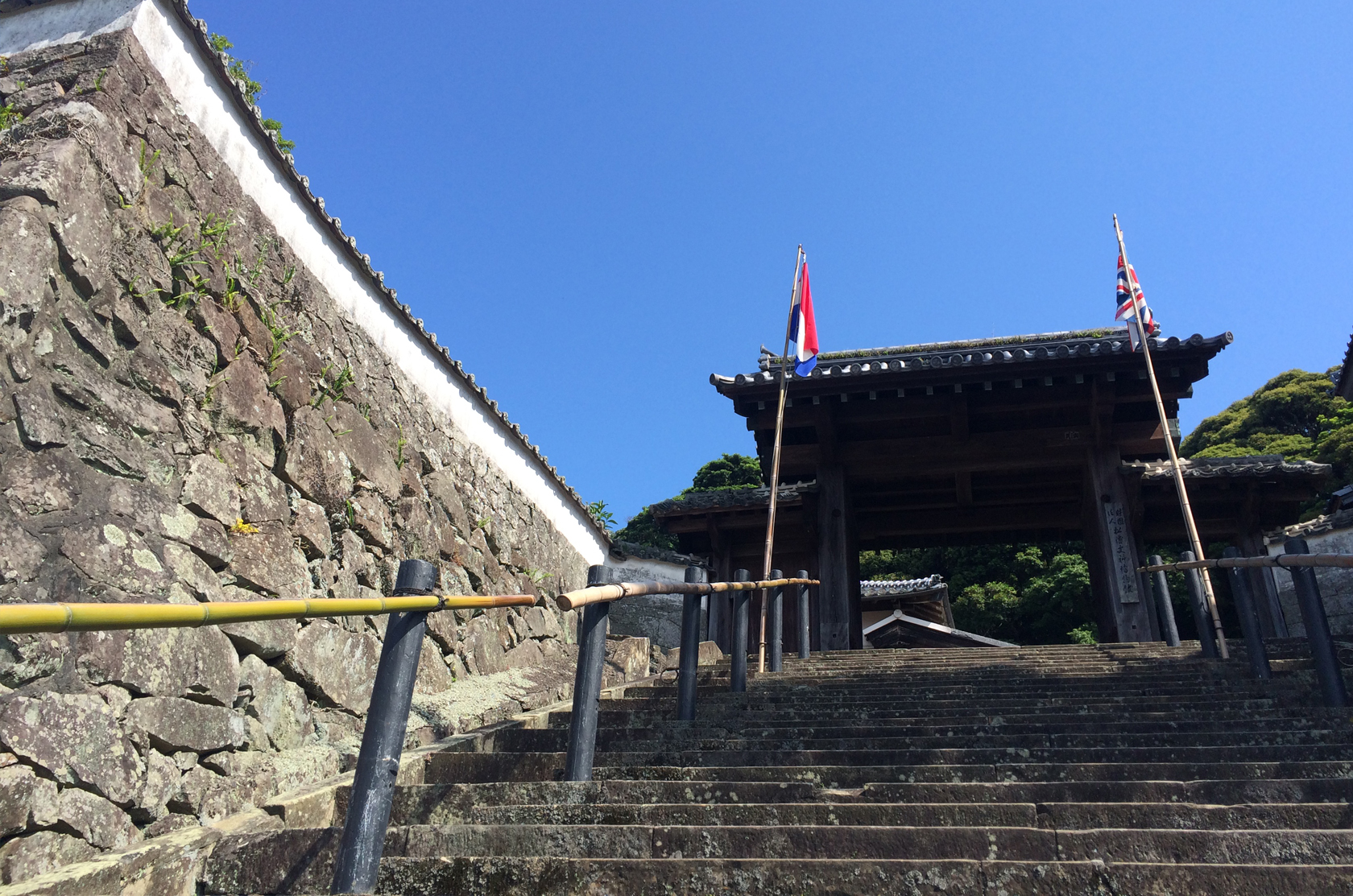
Hirado Domain (Hirado-han) was a Japanese domain of the Edo period.
After Toyotomi Hideyoshi’s successful conquest of Kyushu, local warlord Matsura Shigenobu was granted Hirado County and the Oki Islands to be his domain. During the Japanese invasions of Korea, Hirado was a forward base of operations for Japanese forces. In 1599, Matsura Shigenobu erected a castle called Hinotake-jō on the site of the present-day Hirado Castle. However, he burned the castle down himself in 1613, as a gesture of loyalty towards Shōgun Tokugawa Ieyasu, having served in the losing Toyotomi side during the Battle of Sekigahara.
Hirado`s most successful period as a flourishing trading port started in 1550 with the arrival of the first Portuguese ship. During the 90 year period until 1641, when the Tokugawa Shogun limited foreign trade locations to Dejima in Nagasaki, it established close ties with various European countries such as Portugal, England and the Netherlands. Through trade, Lord Matsura Takanobu, whose clan had not been very powerful before, gained strength and became known as a strong warring lord.
In this period Hirado was known as Firando among the Western visitors.
Reminders of the trade with European countries can still be found throughout the city and create a special atmosphere.
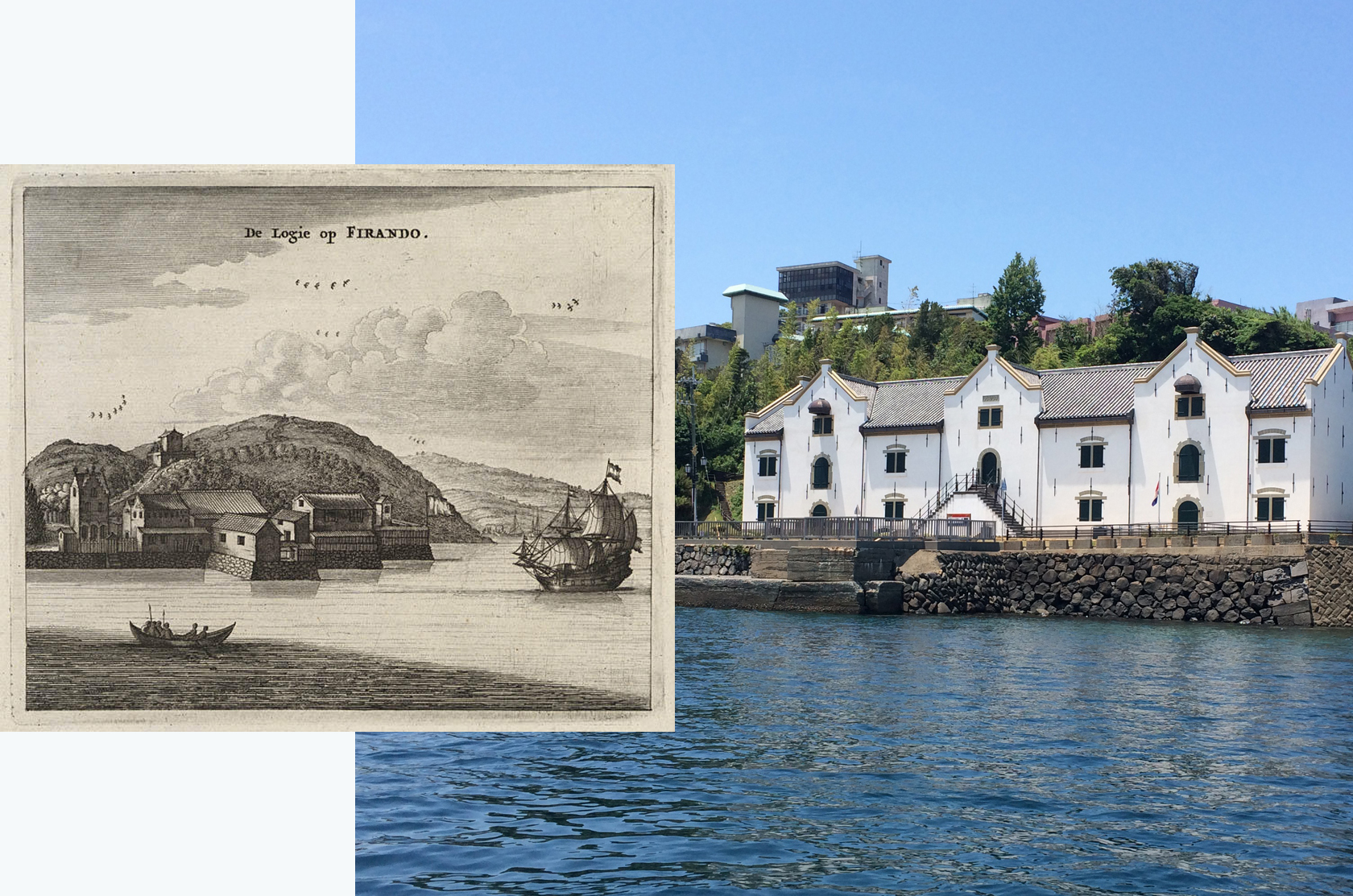
The reconstruction of the 1639 warehouse of the Dutch Trading Post in Hirado is a very important project within the Japanese - Dutch cultural ties that have bound the countries for over 400 years. This multi-billion yen initiative is not only very large in scope but also has deep historical meaning. Originally built in 1639, it is regarded as the first full-fledged western building in Japan.
オランダ商館_国指定史跡、”平戸和蘭商館跡”復元建造物もともと1639年に建てられたこのオランダ商館は、日本で初の本格的な洋館であった。
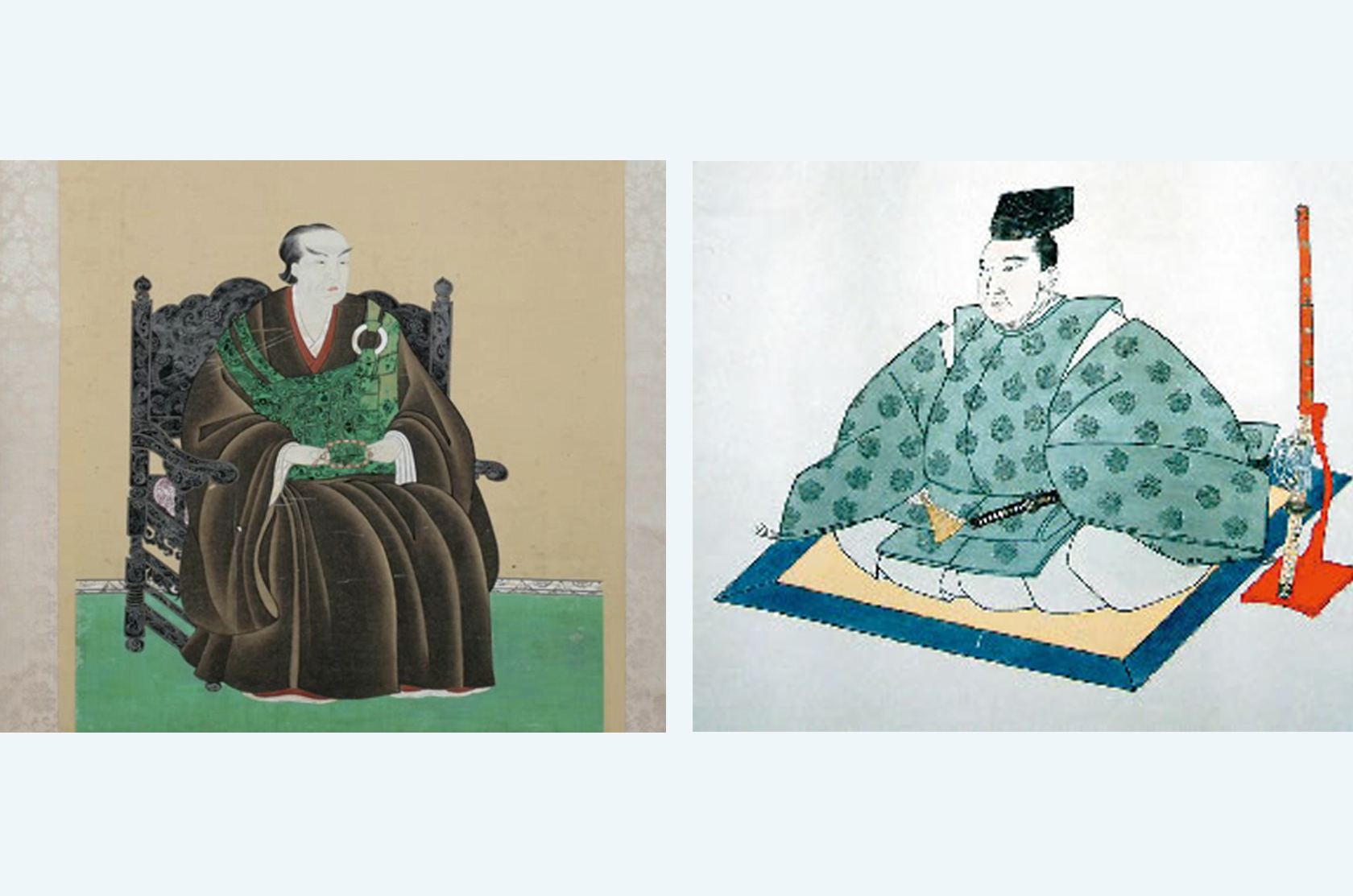
The 4th domain lord of Hirado, in Previous period of Edo He was a people of Culture, He studied Japanese and Dutch learning, and learned about Zen and Shinto, good at calligraphy. he learned about lot of tea ceremony then built “Chin shin- ryu”
江戸時代前期の大名、肥前平戸藩第4第藩主、山鹿素行との交友が深く、その助言をよく聞いていた。行政手腕もさることながら、国典漢籍蘭学に通じ、禅や神道を学び、書を嗜む文化人としても知られる。特に茶道は若い頃から愛好し、様々な流派の茶人と交流して研究を重ねた上、片桐石州に師事し石州流の皆伝を受け、今日鎮信流として知られる茶道の一派を立てるに至った。
The 10th domain lord of Hirado, in Previous period of Edo He was a also people of Culture, He was good at NOU, Poet and song so on. He grew a lot of education,culture. He edited history book and doing publish business.
He ordered to make sweets book “ Hyattuka no zu”
江戸時代前期の大名、肥前国平戸藩、第10第藩主、殖産奨励や農地改革などで名君の誉れ高かった観中熈公は、文化人としても名を馳せた人物。蹴鞠・能・詩歌に秀で、書家としても有名。文教行政にも力を注ぎ、歴史の編纂や出版事業なども手掛けた。100種類の菓子作りを平戸城下の菓子舗、蔦屋と堺屋に命じ1845年に百菓を極彩色で描き菓子名と製法を記した書物が ”百菓之図”

Chinshin-ryu is one style of tea ceremony that was formed and passed down in Hirado, MATURA family. The 4th successor of the family, Chinshin MATURA (Tensho) , after studying many styles of tea as well as personally learning from Sekishu KATAGIRI, a tea master / feudal lord of that time, established his own style of tea. In his time, there was the Dutch trading house in the area, where many goods as well as culture were exchanged. Seeing the lively cultural interaction, he may have wished to contribute to that with the tea culture. a house on the pictures are called “ SOUAN CHYAHITU”, it was built in 1893, Matura Historical Museum. The house design is simple, rual commons people life way. Using the material is very natural.
松浦鎮信(天祥・松浦氏29代)が晩年創始した 武家茶道。 茶道は若い頃から愛好し、様々な流派の茶人と交流して研究を重ねた上、片桐石州に師事し石州流の皆伝を受け、今日鎮信流として知られる茶道の一派を立てるに至った。自らの著者『茶湯由来記』の中で、 ”文武は武家の二道にして茶道は文武両道の内の風流なり、さるによって柔弱を嫌う、強く美しきをよしとす、心の修行はこの外あらじ、昨日の非 を知り今日は悟るべきなり”としている。上記の写真は松浦氏37代松浦詮(あきら)の設計で草庵茶室。1893年に建てられる。農村庶民の質素な住居様式を取り入れほとんど自然の材料を以って構築されている。
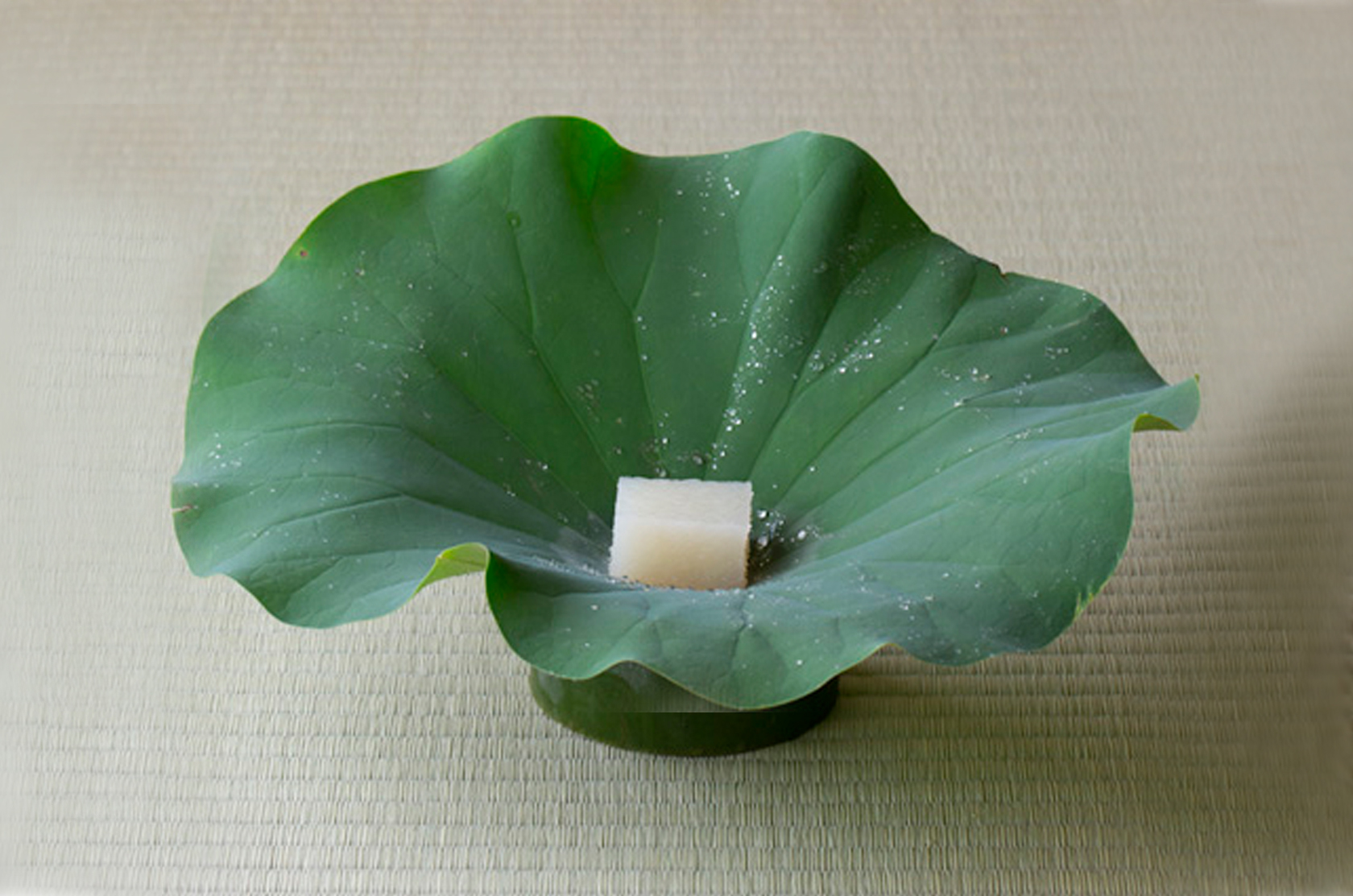
In 2013, “WASHOKU” (Japanese traditional food culture) has been registered by UNESCO intangible cultural heritage as “food” on the “practice” which is based on the Japanese temperament called “ honour nature”. Therefore, attention to the Japanese traditional food culture was increased. Even today, traditional Japanese sweets; “WAGASH” exists by traditional hand work and regional own unique culture.
Through “WAGASHI” you could find characteristic of the area reflect to the traditional life culture and history of climates. For example,
-Religious festival,-Wish for wealth and faith for the characteristic of being superstitious -Social ceremonial occasion,-Tea ceremony,-Gift-giving habits,-Characteristics and cultural diversity by the consumers of the region,-”Takidashi” culture. (A soup kitchen, meal centre or food kitchen is a place where food is offered to the hungry for free or at a below market price. Frequently located in war, nature disaster. They are often staffed by volunteer organisations, such as temple and church)
The “WAGASHI” (Japanese traditional sweets) have strong artistic elements.
The sweets are deeply connected to literatures and “Saijiki” like poetry, haiku(Japanese short poetry), “Kachoufuugetu”(the traditional themes of natural beauty in Japanese aesthetics).
“ WAGASHI” developed while begin refined from ceremony of royal court and aristocratic class and tea ceremony in Kyoto. Kyoto is an area where Japanese imperial lived.
And making technique develop and spread in the Edo era (1603 - 1868) along with the tea ceremony. As you know, social hierarchy existence in arts and crafts from the historic origins.
Therefore, you can find hierarchy of the culture in “Wagashi” like patronised confectionery such as order by imperial courts and aristocratic class and variety of casual local sweets which were related to local climates and customs manners.
2013年に”自然を尊ぶ”という日本人の気質に基づいた『食』に関する『習わし』としてユネスコ無形文化遺産に『和食:日本人の伝統的な食文化』が登録されたことによって注目が高まった。
和菓子にも、手仕事による伝統的な製法と地域独自の個性的な文化が維持されている領域が現在も存在している。それぞれの地域の気候風土や諸藩の歴史が育んだ伝統的な生活文化と行事が垣間見られる。例えば、祭事、宗教、福徳や縁起担ぎなどの信仰心、冠婚葬祭などの社会的習慣、茶道や贈答の習慣、地域の生活者と共にある文化的特質や文化多様性、供食(食事を提供すること、炊き出し)の文化をも確認できる。
また和菓子は美術的な要素が強く、和歌、俳諧、花鳥風月など歳時記や文学などとも深く結びついている。また京都で有職故実と(朝廷や公家、武家の行事や法令、制度風俗習慣儀式などのこと、またそれらを研究すること)茶道文化によって洗練されながら発達し、茶道の興隆と共に江戸時代にその技術が広まった。
美術工芸品と生活工芸品があるように菓子にも歴史的な成り立ちから社会的階層が存在し、朝廷や宮中などの御用菓子と各地で育まれた風土と風習に根差した郷土食豊かな餅や団子などの菓子があったこと、すなわち文化の階層があげられる。
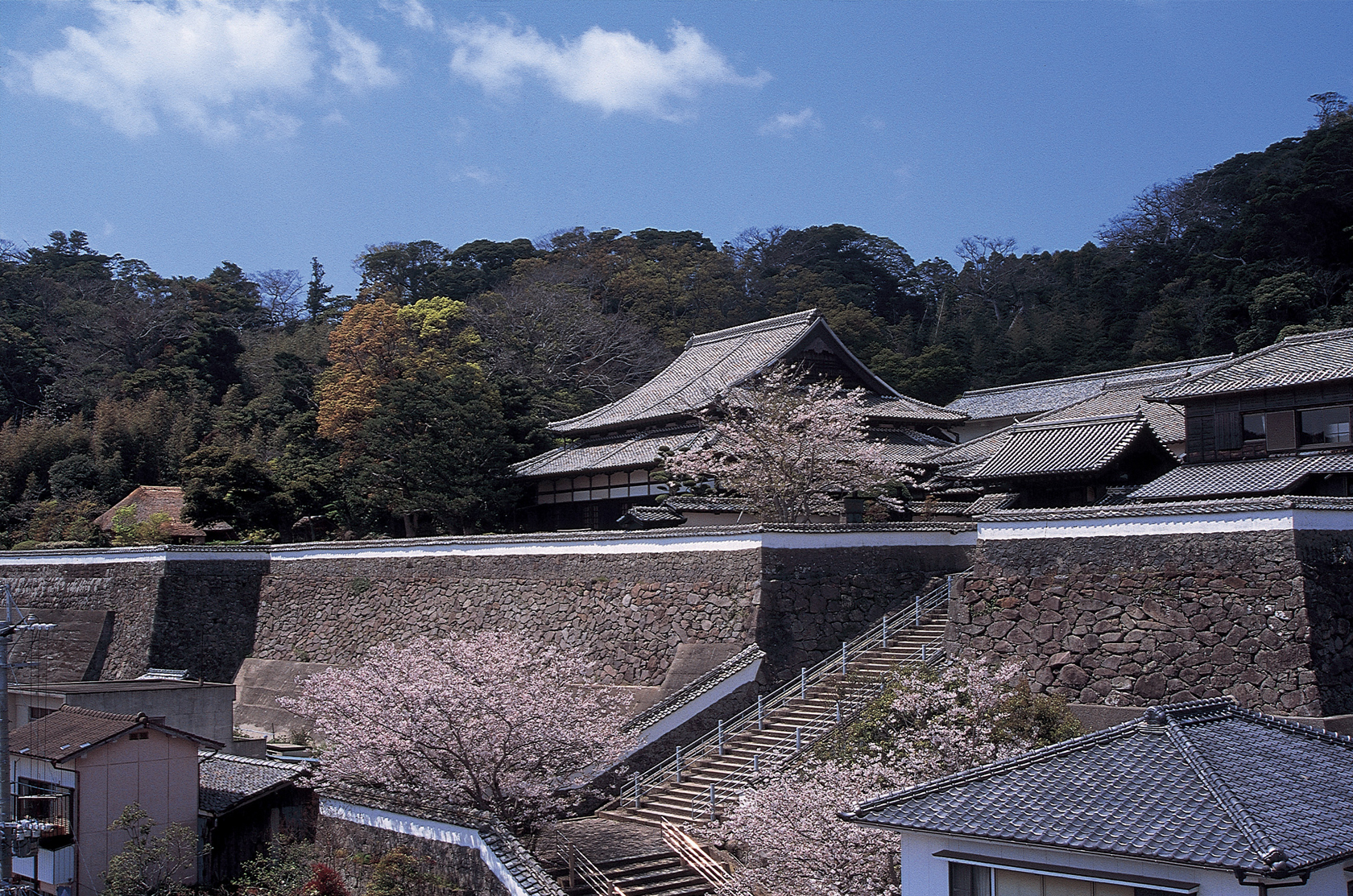
Matsura Historical Museum and The Hirado Dutch trading post
松浦資料博物館・平戸オランダ商館
http://www.matsura.or.jp/